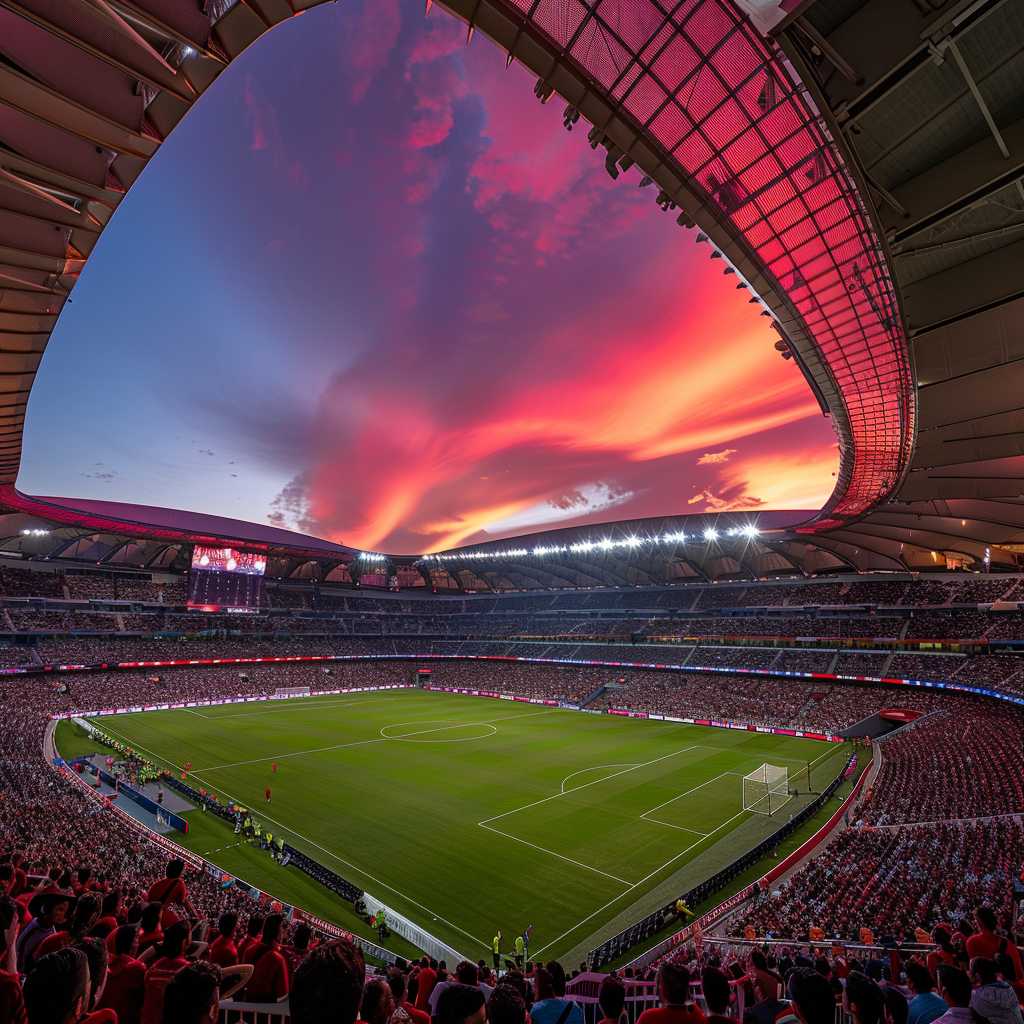Atlético Madrid: a Perennial Contender in Spanish and European Football
Atlético Madrid, also known as Atlético de Madrid, is one of the most renowned and historic football clubs in Spain and Europe. With a rich history that spans over a century, the club has firmly established itself as one of the heavyweights of Spanish football, known for its strong defensive tactics, passionate fan base, and consistent performance in both domestic and European competitions. This article explores the roots of Atlético Madrid, its rise to becoming a top football club, recent successes, its influence in Spanish football, and ends with some key notes about the team.
Historical Overview: The Foundation and Development of Atlético Madrid
Atlético Madrid was founded on April 26, 1903, by a group of Basque students living in Madrid. The club’s early years were spent competing in local competitions before making their mark on the national stage.
In the decades that followed its foundation, Atlético began to develop into a cornerstone of Spanish football. The team has experienced various periods of success, including several La Liga titles and Copa del Rey victories. Historically known as “Los Colchoneros” (The Mattress Makers), due to their traditional red and white striped jerseys which resembled old-fashioned mattresses, Atlético Madrid has always been associated with the working class.
The post-war era saw Atlético establishing itself as an indomitable force with deep runs in domestic leagues and cups. After their first La Liga win in 1939–40, runners-up finishes ensued, underlining their growing presence in the Spanish top flight.
Football Philosophy and Style of Play
Atlético Madrid is traditionally recognized for its gritty, disciplined, and defense-oriented approach to football. Throughout their history, they have often employed a hardworking playing style drawn from a well-organized defense and effective counter-attacking strategy.
This particular approach was rejuvenated and perfected under the guidance of Argentine coach Diego Simeone. After taking charge in December 2011, Simeones’s tactics were clear — defensive solidity combined with quick breaks were key foundations upon which to build success.
Current Era and Competitive Success
The current era has been one of the most successful periods in Atlético Madrid’s history, mainly due to Simeone’s leadership. Under him, they won the La Liga title in 2014 after an 18-year drought and again in 2021 amidst fierce competition from traditional giants Real Madrid FC and FC Barcelona.
Furthermore, their performances in European competitions have been noteworthy. Atlético has twice been runners-up in the UEFA Champions League since Simeone’s appointment — narrowly missing out on lifting the coveted trophy both times in closely-fought finals against their fierce city rivals Real Madrid.
However, Atlético did taste significant European success when they won the UEFA Europa League thrice — first in 2010 under Quique Sánchez Flores and twice under Simeone in 2012 and 2018. Accompanying continental victories ensured with UEFA Super Cup triumphs following their Europa League successes.
Cultural and Social Impact: More Than Just a Football Club
Atlético Madrid is not merely a football club; it embodies a culture and represents certain values central to many of its supporters. The team’s ‘never say die’ attitude is reflected throughout its fan base—showcasing resilience and unity when facing adversity both off and on the pitch.
Their rivalry with neighbours Real Madrid—referred to as “El Derbi Madrileño”—goes beyond just sport; it points towards class divisions within Spanish society, making this more than just a simple game of football when these two titans meet.
Moreover, Atlético’s influence extends into youth development — lauded for their excellent academy, which yields new talents consistently incorporated into not only the club’s first team but also into other clubs around Europe after honing their skills at what fans affectionately refer to as ‘La Fábrica Rojiblanca’, or ‘The Red-and-White Factory’.
Stadiums and Facilities: From Vicente Calderón to Wanda Metropolitano
Atlético has called several stadiums home throughout its history. The most memorable one being Vicente Calderón Stadium – which was their hallowed home ground from 1966 until 2017 when they moved to their new state-of-the-art Wanda Metropolitano stadium.
The Wanda Metropolitano is more than just home for Atlético players; it’s an architectural marvel equipped with the most modern facilities supporting both players’ training needs and fan experiences on match days.
